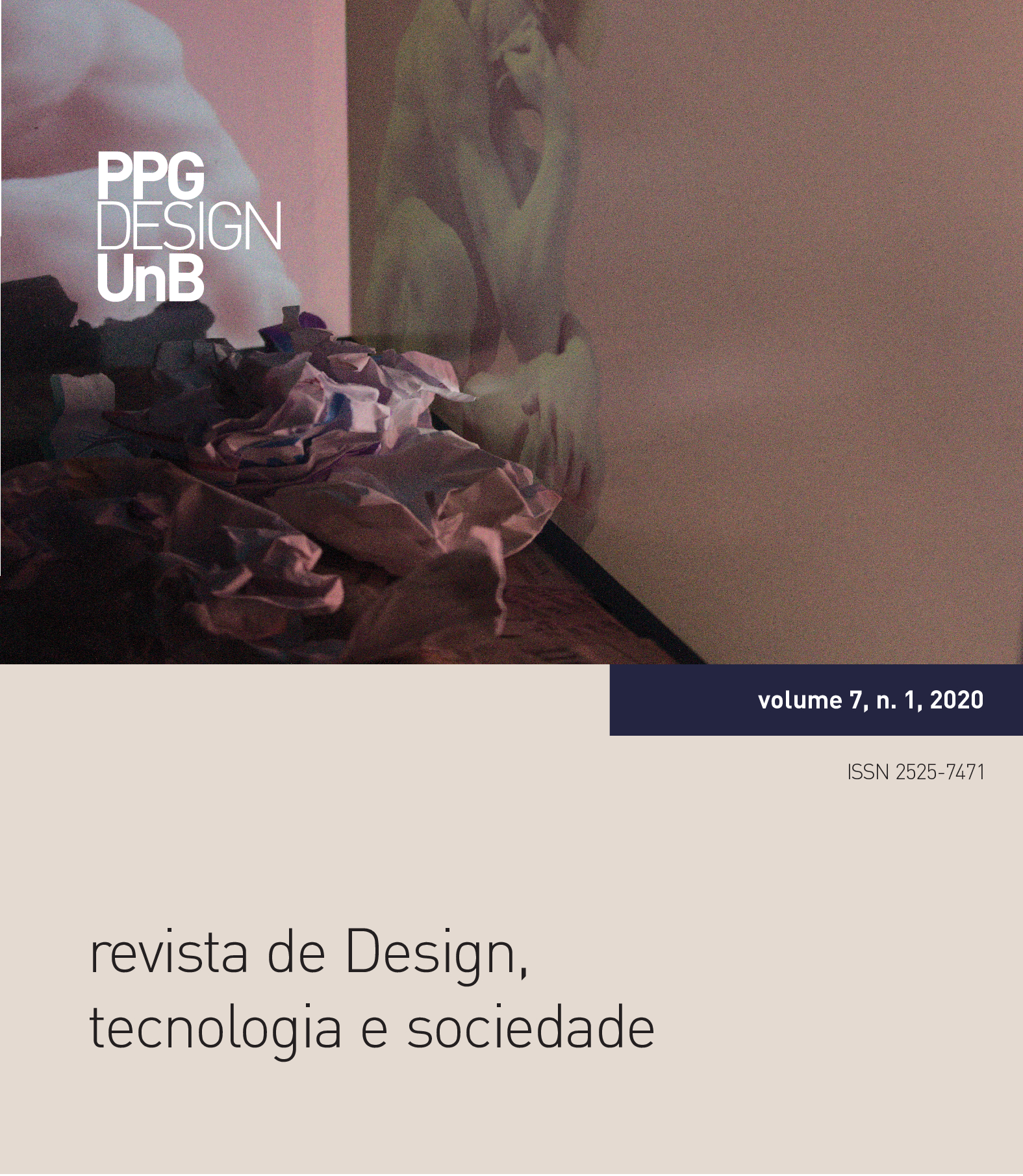Design on the scene:
An analysis of the development and pre-production processes that qualify the production design of Brazilian soap operas.
Keywords:
Comunicação Não-verbal, Design de Interiores aplicado a ambientações televisivas, Design de Produção, Telenovela.Abstract
This research project discusses the importance of production design based on objects and services and their meanings, linking it to the industrialization process, consumption and the product's differential as a sign that personifies. In the design process, the production of television media proposes an empathetic way of approaching people in a living environment, which helps the designer to know the reality of the group in the most natural way possible. Thus, it becomes more likely to better understand the methods coming from and their critical and reflective approach around design theory, research and culture, from a conceptual definition of the extension of production design. With the review of the literature, the objective of this study began, which is to analyze how production design challenges the traditionalism of the rules applied to televisions that, eventually, are inadequate in view of the valorization of the image increasingly loaded with aesthetic characteristics and distanced from reality. And, in view of the technological alignments of television media, how production design (design of television spaces / interior design applied to interior design projects) can contribute to the definition and development of the design language.
Downloads
References
AMBROSE, Gavin; HARRIS, Paul. The Fundamentals of Creative Design. Suíça: AVA Book, 2003.
FERRARA, Lucrécia D´Alessio. Do desenho ao design: um percurso semiótico? Galáxia (PUCSP): São Paulo, v.7, p.49-58, 2004.
FORTY, Adrian. Objects of Desire: Design and Society 1750 - 1980. London: Thames and Hudson, 1986.
FROG Design. Creative Toolkit Action. 2012. Disponível em: . Acesso em 28 de abril de 2020.
HESKETT, J. Desing: A very short introduction. Oxford, New York: University of Oxford, 2002.
IDEO. Human Centered Design: Kit de ferramentas. 2010. Disponível em: . Acesso em: 10 de maio de 2020.
KUMAR, V. 101 Design Methods: A Structure Approach for Driving Innovation in Your Organization. 1 ed, New Jersey: John Wiley & Sons, 2013.
LUMA INSTITUTE. Innovating for People: Handbook of Human-Centered Design Methods. 1 ed. Pittsburgh: Luma Institute, 2012;
MARTIN, B.; HANINGTON, B. Universal Methods of Design. USA: Rockport Publishers, 2012.
RYAN, M.-L. Possible worlds. Interdisciplinary Center for Narratology, Un. Hamburg, 2012. Disponível em: http://wikis.sub.unihamburg. de/lhn/index.php/Possible_Worlds. Acesso em: maio 2020.
RYAN, M.-L. Story/worlds/media: tuning the instruments of a mediaconscious narratology. In: RYAN, M.-L.; THON, J. (Ed.). Storyworlds across media. Lincoln/London: Un. Nebraska Press, 2014.
RYAN, M.-L.; THON, J. (Ed.). Storyworlds across media. Lincoln/ London: Un. Nebraska Press, 2014.
RICCO, Flávio; VANNUCCI, José A. Biografia da televisão brasileira. São Paulo: Matrix, 2017.
ORTIZ, Renato; BORELLI, Silvia; RAMOS, José M. O. A telenovela: história e produção. São Paulo: Brasiliense, 1991.
SCOPINHO, Carlos E. D. A fabricação do consumo: estratégias de merchandising na telenovela Belíssima. São Paulo: Unip, 2008.
Downloads
Published
How to Cite
Issue
Section
License
Copyright (c) 2020 Revista de Design, Tecnologia e Sociedade

This work is licensed under a Creative Commons Attribution-NonCommercial-NoDerivatives 4.0 International License.
Authors retain the copyright and grant the journal the right of first publication, with the work simultaneously licensed under the Creative Commons Attribution License which allows the sharing of work with acknowledgment of authorship and initial publication in this journal.



